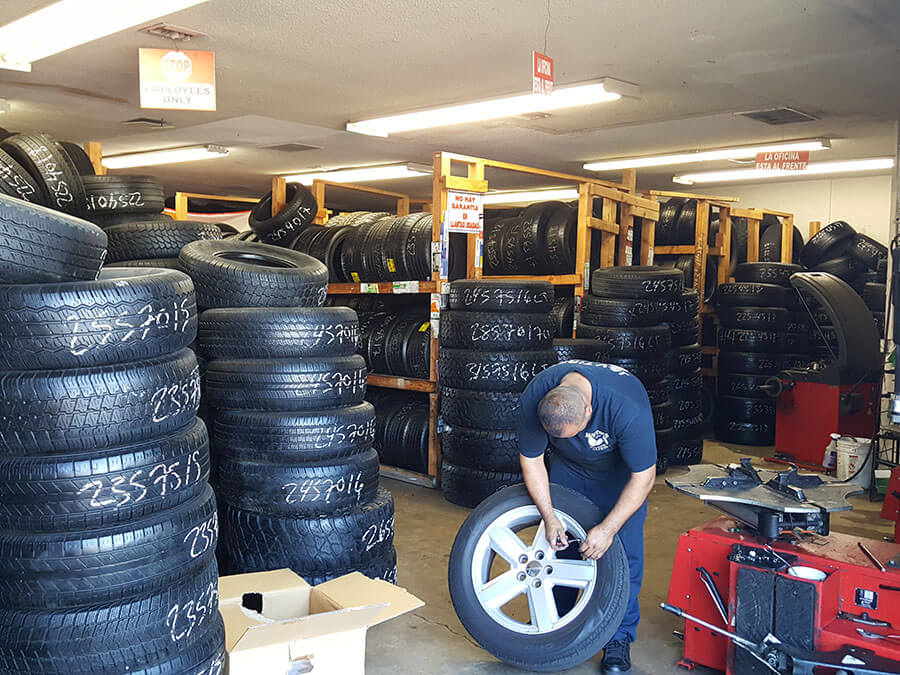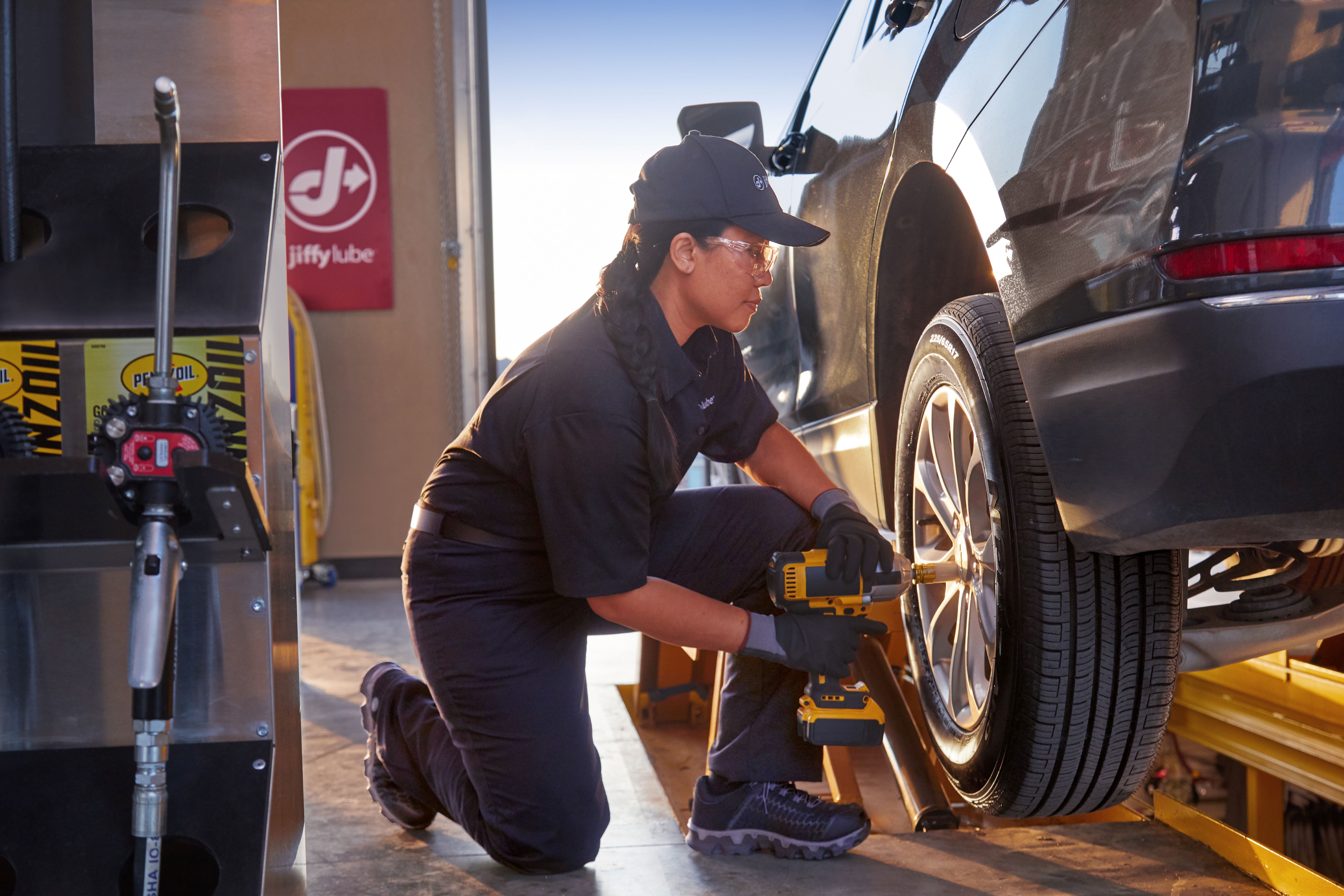Tire Solution: Understanding Tire Pressure Tracking Equipments
Understanding Tire Stress Surveillance Solutions (TPMS) is a critical element of maintaining ideal automobile performance and security on the roadway. With improvements in auto innovation, TPMS has actually come to be a basic feature in contemporary cars, supplying real-time details on tire pressure degrees.

Importance of TPMS
The value of Tire Pressure Monitoring Solutions (TPMS) hinges on their capacity to boost vehicle security and performance with real-time surveillance of tire pressure degrees. Keeping the proper tire stress is essential for making sure optimal handling, braking, and total safety and security of a vehicle. TPMS provides vehicle drivers with instant comments on any type of overinflated or underinflated tires, enabling prompt modifications to be made.
Elements of TPMS
Sensors are usually situated in the tire shutoff stem or connected to the wheel setting up, where they gauge tire pressure and transfer data to the control module. Some advanced TPMS designs likewise display the actual tire pressure readings for each tire, providing chauffeurs with real-time information to make sure optimum tire efficiency and safety and security. By checking tire stress constantly, TPMS assists protect against accidents, reduces tire wear, and improves gas performance, making it an essential component for vehicle safety and efficiency. discount tires morris il.
Kinds Of TPMS

On the other hand, indirect TPMS depends on the car's wheel speed sensing units to keep an eye on tire stress. This system finds underinflation by comparing the rotational rates of the wheels. Indirect TPMS is less costly than direct TPMS, as it makes use of existing sensors within the vehicle.
While straight TPMS offers a lot more accurate readings, indirect TPMS is easier in design and generally calls for less upkeep. Both systems have their restrictions and benefits, and the choice in between them often depends upon variables such as price, automobile make, and individual choice. Recognizing the distinctions in between these two kinds of TPMS can aid vehicle owners make notified choices regarding tire maintenance and check my site safety and security.
TPMS Maintenance Tips
Conduct routine checks on the tire pressure degrees and contrast them with the TPMS readings to guarantee they are consistent. During tire turning or substitute, make certain that the TPMS elements are dealt with very carefully to protect against any type of prospective damage. If the TPMS advising light brightens on the dashboard, address the problem without delay by inspecting the tire pressures and the overall system for any kind of mistakes.
Benefits of Correct Tire Pressure
Preserving appropriate tire pressure, as stressed in TPMS Upkeep Tips, is vital for reaping the countless benefits linked with optimal tire pressure degrees. Furthermore, proper tire stress ensures even tire wear, expanding the life expectancy of the tires and advertising safer driving conditions. In final thought, the advantages of appropriate tire pressure go beyond just tire durability; they encompass improved fuel effectiveness, enhanced safety and security, better vehicle efficiency, and total driving comfort.
Verdict
To conclude, understanding tire stress tracking systems (TPMS) is crucial for keeping ideal tire pressure and making sure automobile safety. By identifying the importance of TPMS, recognizing with its elements, recognizing the different kinds readily available, sticking to correct maintenance suggestions, and realizing the benefits of keeping appropriate tire pressure, motorists can enhance their driving experience and prolong the lifespan of their tires. Proper tire pressure is essential to reliable and safe vehicle procedure.
